Hoya - signs and superstitions, benefits and harms, content features
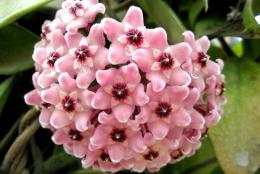
In nature, there are many climbing plants that, if desired, can be grown at home. Such representatives of the flora include wax ivy or hoya. People often call it waxweed - because of the thin layer of wax covering the leafy part of the plant.
Content:
- General characteristics
- Is it possible to grow ivy at home?
- Care instructions
- The benefits and harms of ivy
- Hoya according to feng shui
General characteristics
A climbing ornamental plant is often used by designers when decorating both office and home interiors.
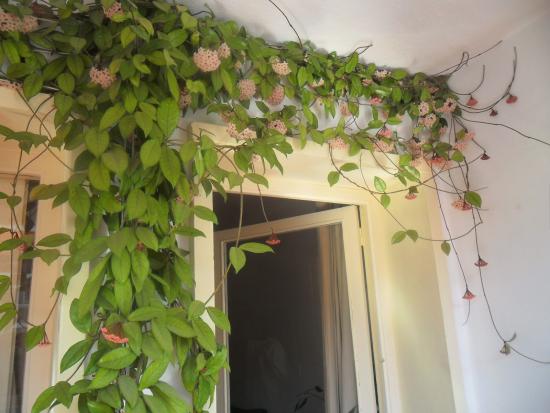
Unfortunately, recently, the position of waxweed in the popularity rankings has decreased - due to the fact that the plant hoya, signs and superstitions have different, including negative ones.
There is an opinion that in a room where a person spends a long period of time, the presence of a climbing plant can lead to various kinds of problems:
- deterioration of health
- troubles on the personal front
- disagreements with superiors and so on
Wax ivy belongs to the family of swallowtails. Depending on the variety, it can be either a shrub or a vine. It has a strong stem with opposite leaves.
The leaves can be oval or pointed in shape, and also have different colors.In home floriculture, there are often varieties with foliage colors of all variations of a green shade or varieties whose leaves are colored the same green, but interspersed with different pastel shades.
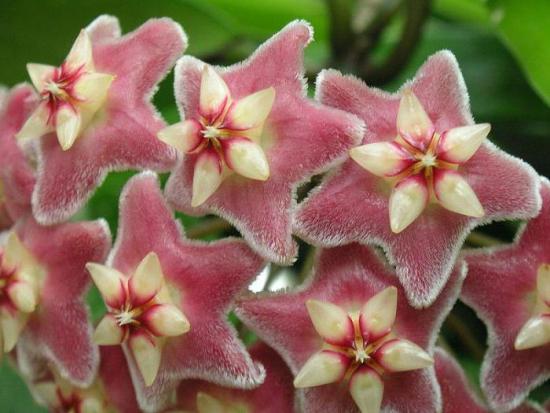
Hoya inflorescences have the shape of umbrellas and are endowed with a pronounced and quite pleasant aroma. The color of the inflorescences, depending on the variety and type, may vary.
Is it possible to grow ivy at home?
In addition to adherents of the idea of the negative impact of ivy on human life and condition, there are supporters who claim that this decorative crop has a very positive effect on its owner.
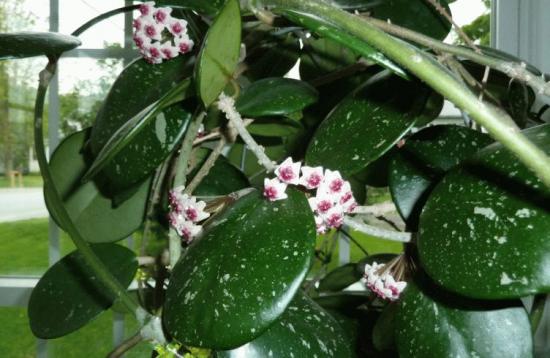
Supporters are of the opinion that hoya protects a person from the harmful influence of gossips and envious people, brings family happiness, and the only thing that can serve as a contraindication to its cultivation is the presence of an allergic reaction in one of the household members to its pollen.
Of course, every gardener has the right to independently decide whether to plant ivy at home. But, before making a final decision, it is worth remembering that the presence of any indoor flowers in the house leads to improvement and creation coziness, and also promotes the absorption of substances that negatively affect the human body, such as carbon dioxide.
Not many houseplants can safely tolerate a lack of sunlight. Hoya, on the other hand, endures such hardships quite normally, at least its foliage remains just as attractive and rich.
The only thing that does not happen in hoya under such conditions is bloom. You can enjoy its aroma and beautiful extraordinary flowers only by installing it in an area with sufficient lighting.
Care instructions
Home care for her is as follows:
- selection for planting quality and suitable soil
- correct landing
- maintaining temperature conditions and, if necessary, providing sufficient light
- timely fertilizing and watering
- creating conditions for wintering
- correctly performed actions to form a vine
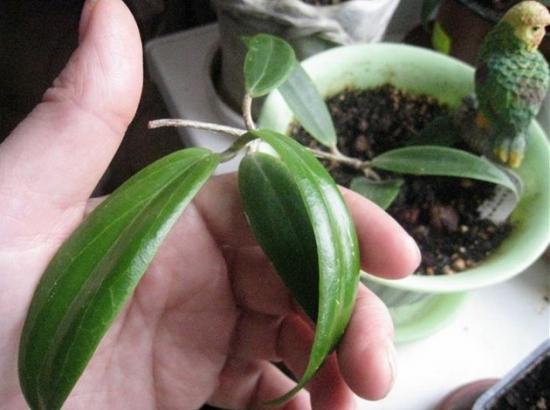
Under natural conditions, hoya grows near large trees, resting on branches and trunks, i.e. in partial shade conditions. At home, a convenient location for hoya will be the place between the western and eastern windows. In winter, the pot is moved to a window facing south. The plant will spend the winter comfortably there.
If there are no such possibilities, owners should take care of an additional light source. It is worth remembering that if in the spring the flower does not receive enough lighting, in summer there can be no talk of any flowering.
If desired and appropriate, in summer the ivy can be placed outdoors, but in such a way that it is not exposed to direct sunlight. Otherwise, the foliage will quickly lose its color and, accordingly, its decorative appeal. In winter, the temperature in the room with the flower should not exceed 16-17 degrees.
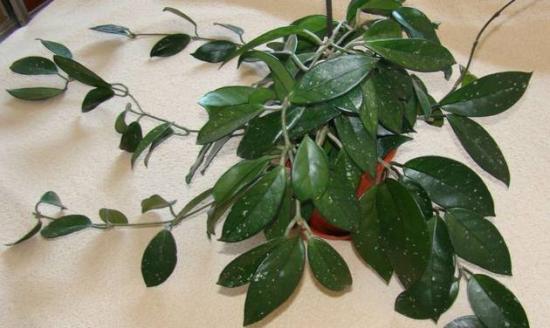
Maintaining the required humidity is not limited to just watering. Several times a year, it is recommended to bathe the flower with complete immersion in a bath of water at room temperature. The leafy part is immersed in water for 40 minutes, and the roots for an hour and a half. Without swimming, this kind of summer will not be observed.
The benefits and harms of ivy
Biologists, through numerous studies, have proven that the plant is in no way harmful and does not emit toxins known to science that negatively affect the body.
Based on the research results, we draw the following conclusion: despite the common signs, Hoya bella is an ornamental crop that does not cause any harm to humans or other living beings; it can be grown in premises for any purpose.
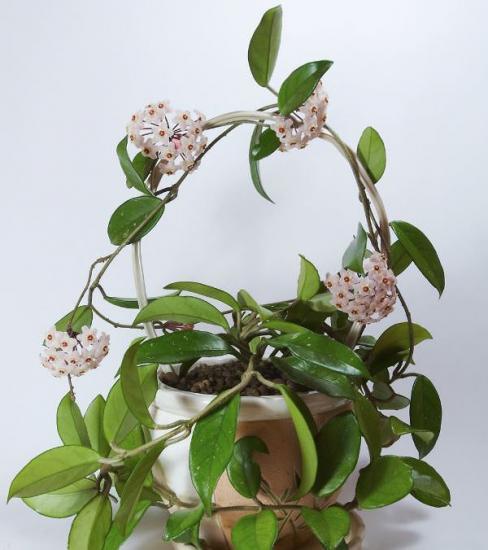
The only thing you should beware of when growing this cultivated plant is
too sweet aroma emitted during the flowering period. In principle, the aroma is pleasant, but when the plant is in a room with a small square area, it can become overly intrusive. Naturally, this primarily concerns families where there are persons registered with allergist or children under the age of majority with obvious pulmonary diseases or pathologies.
In addition, when carrying out standard measures for caring for the plant, it is necessary to remember that the juice secreted by the hoya upon contact with the mucous membrane can lead to irritation.
The positive influence of decorative ivy is undeniable. It, like other indoor plants, is actively involved in purifying the air and producing oxygen, which is essential for the human body.
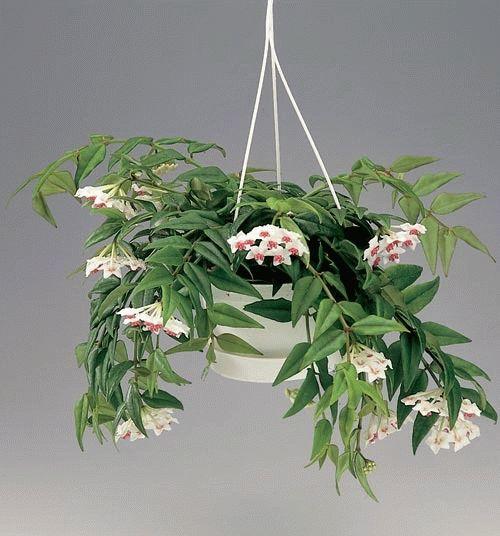
The deciduous part of ivy can and should be used for treatment and carrying out preventive measures in the fight against diseases such as carbunculosis and furunculosis.
Of course, the plant requires proper and timely care. You can find out what exactly and how to do it by reading the relevant literature or carefully studying Internet sites on gardening.Only in this way can the decorative appeal of this amazing plant be preserved for quite a long time.
By studying other types of literature, you can understand in which zone to place the plant in order to improve your health, increase your strength and reveal your abilities.
Hoya according to feng shui
The ancient teachings of Feng Shui say that in rooms where people spend most of their time, you should not place flowers made from artificial materials, bouquets or compositions of dried flowers, which are devoid of living, and therefore positive energy.
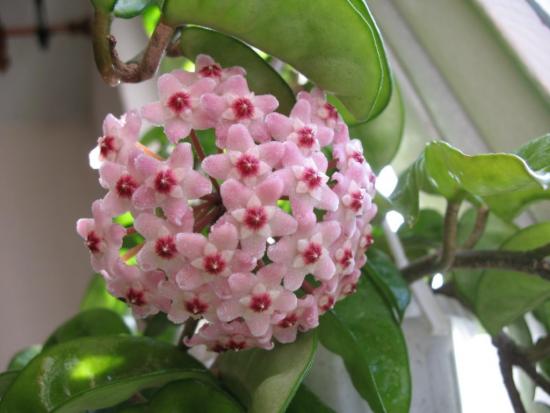
A larger number of experienced gardeners agree with the teachings of Feng Shui, with the part detailing the beneficial effects of the plant:
- to the atmosphere of the house
- to enhance the harmony of worldview
- to create an aura favorable to life
Wax ivy has a positive effect on relationships within the family, on mutual understanding and establishing connections between close and distant relatives. Without a doubt we can say: hoya is a plant of family happiness.
The result of the influence of ivy is an improvement in the sexual and psychological state of the married couple who raise it in the house. Based on this, designers who have thoroughly studied Feng Shui strongly advise placing indoor ivy either in the living room or in the bedroom.
Even more useful information about the hoya plant is in the video:

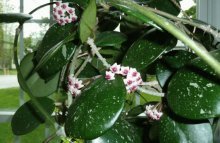
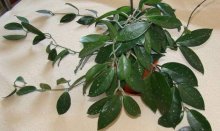


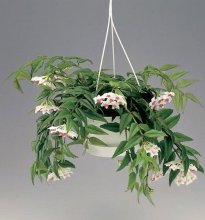
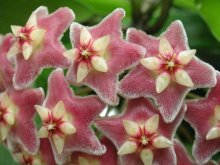


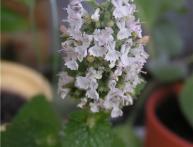
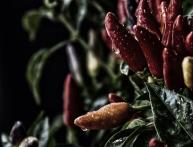

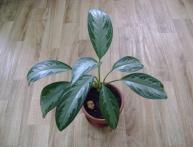

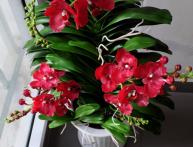

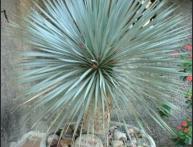
Comments
When I saw these pink “umbrellas” in the photo, I began to smile - wax ivy, this is the flower of my childhood. It still grows in my room from the beginning of the window to the window. Extremely unpretentious and very resilient! The aroma of its flowers is amazing, but, unfortunately, it blooms too profusely.I say "unfortunately" because its strong smell gives me a headache. Fortunately, it grows in my office room, and not in the bedroom.